


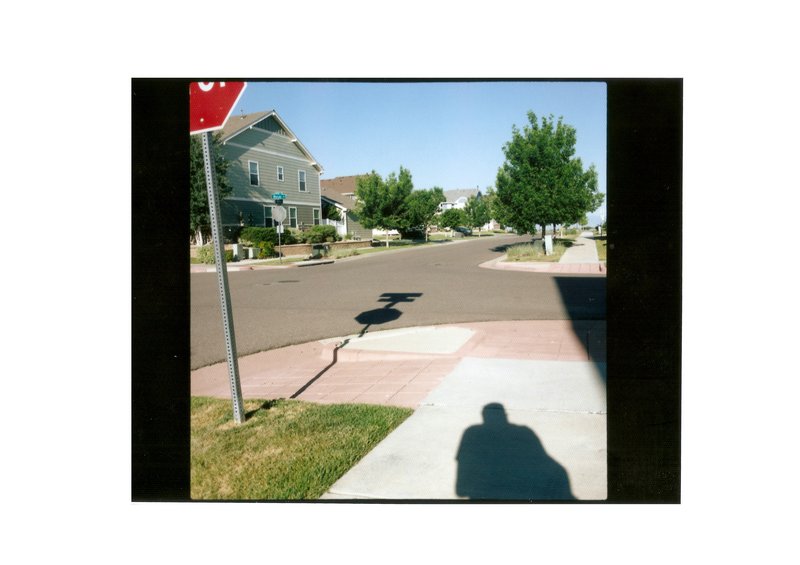

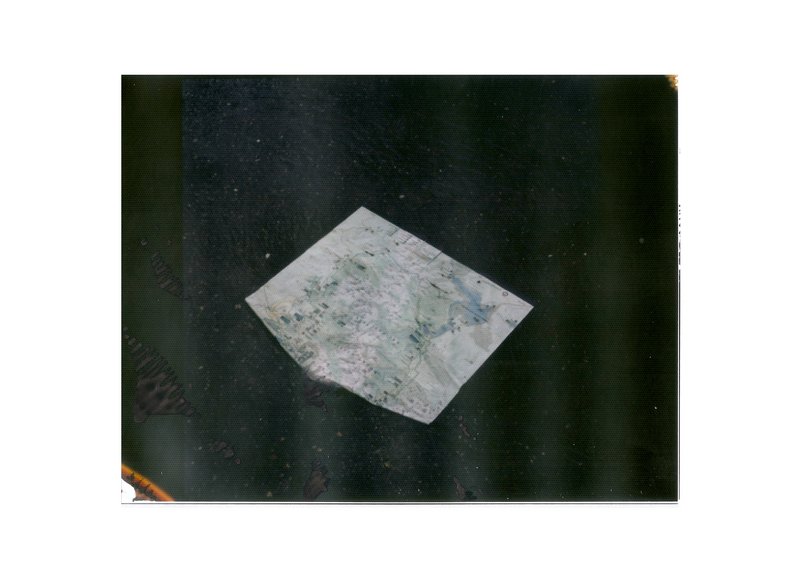
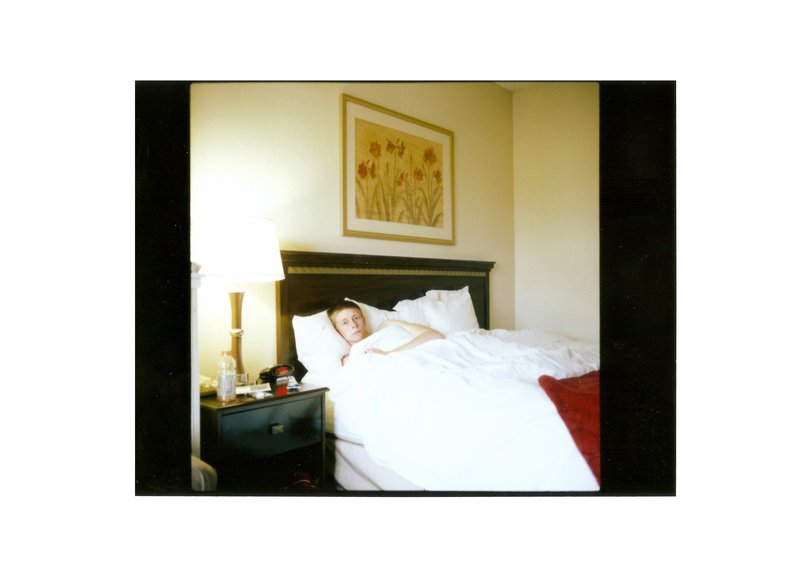

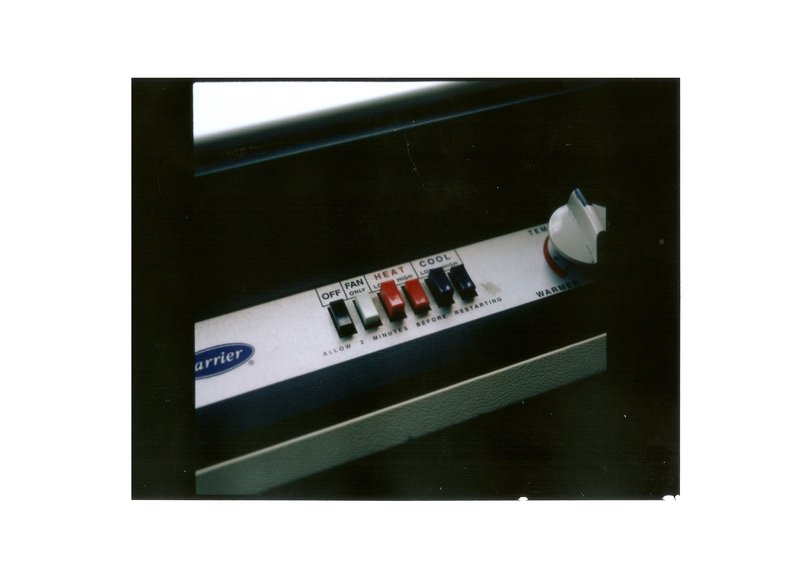
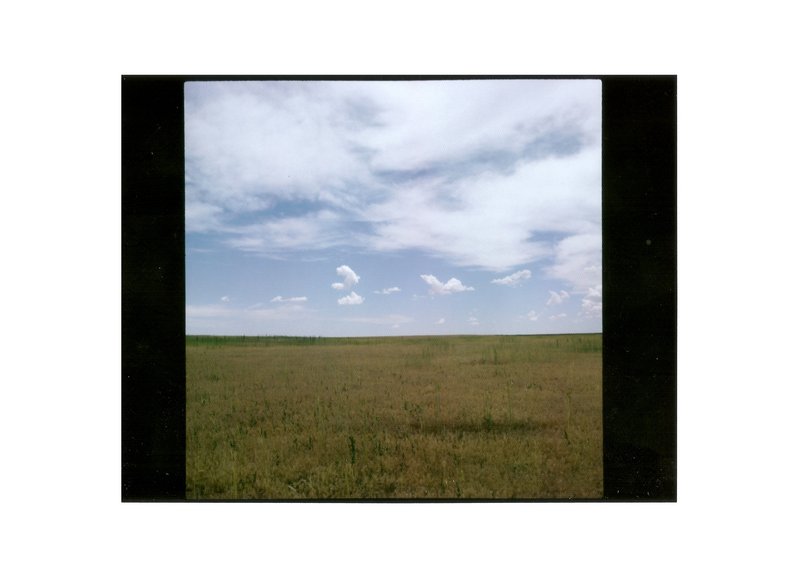

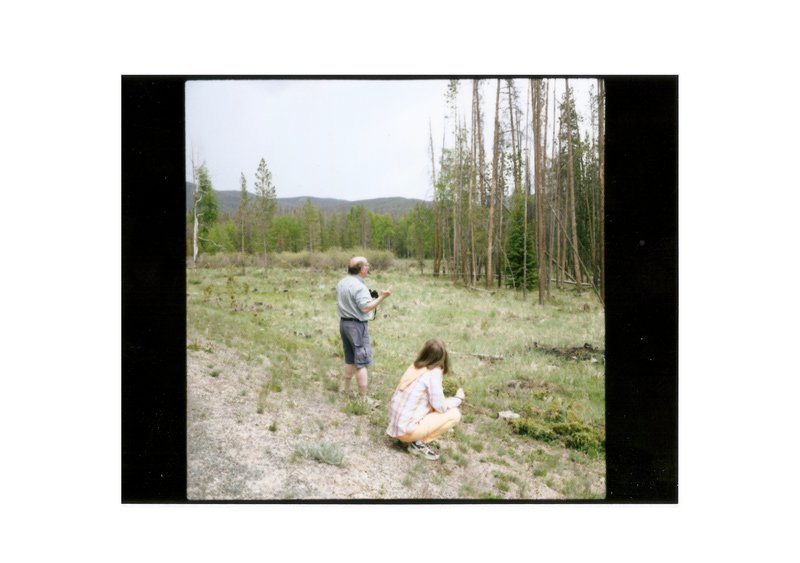

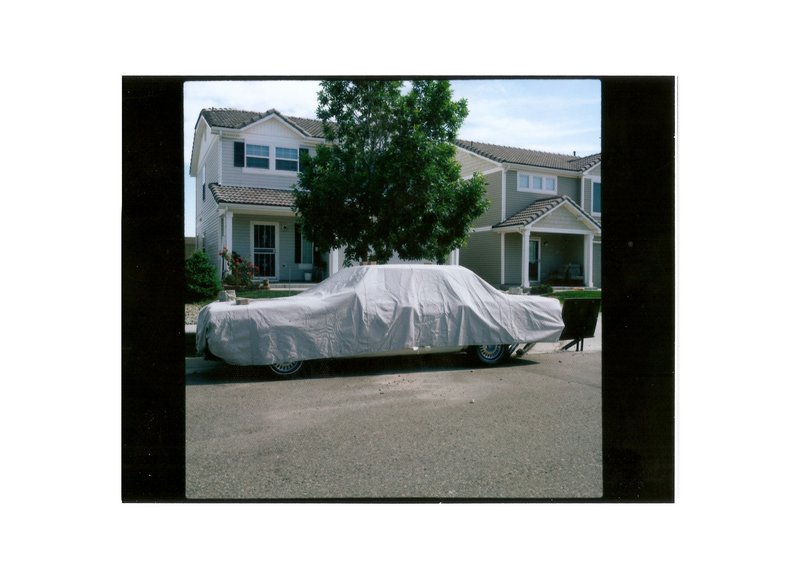

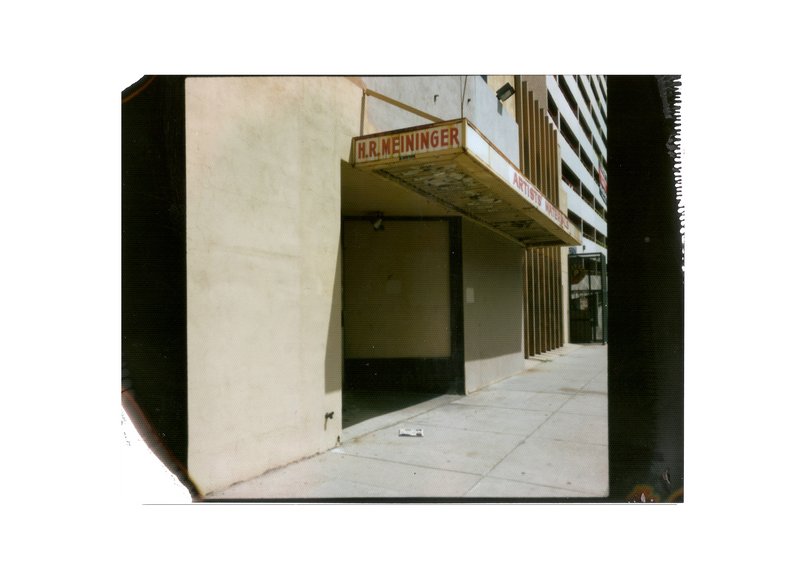
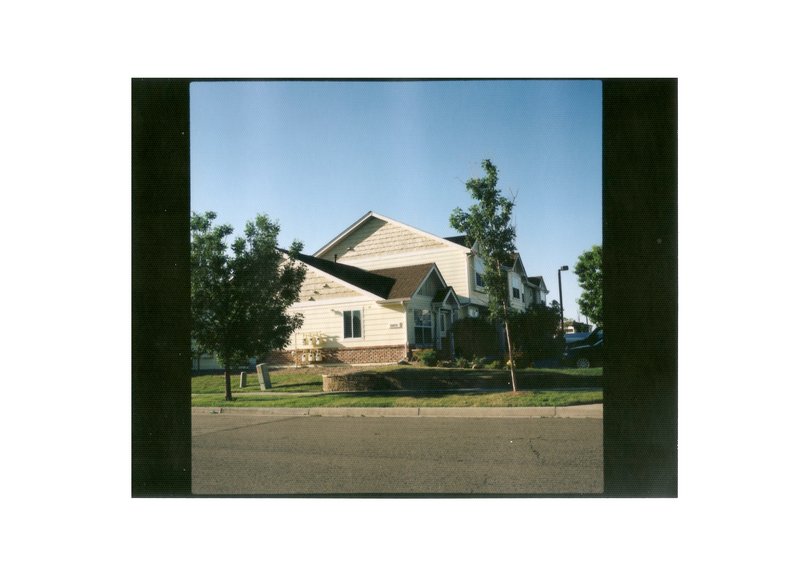
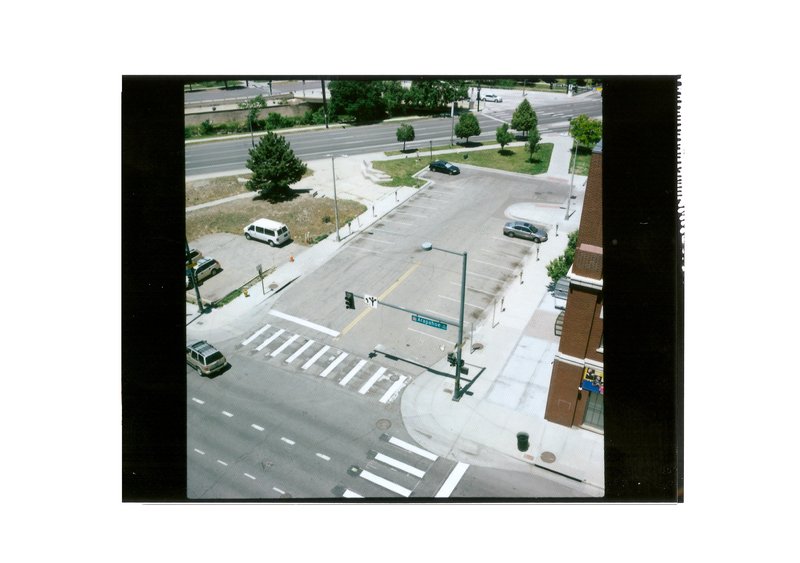
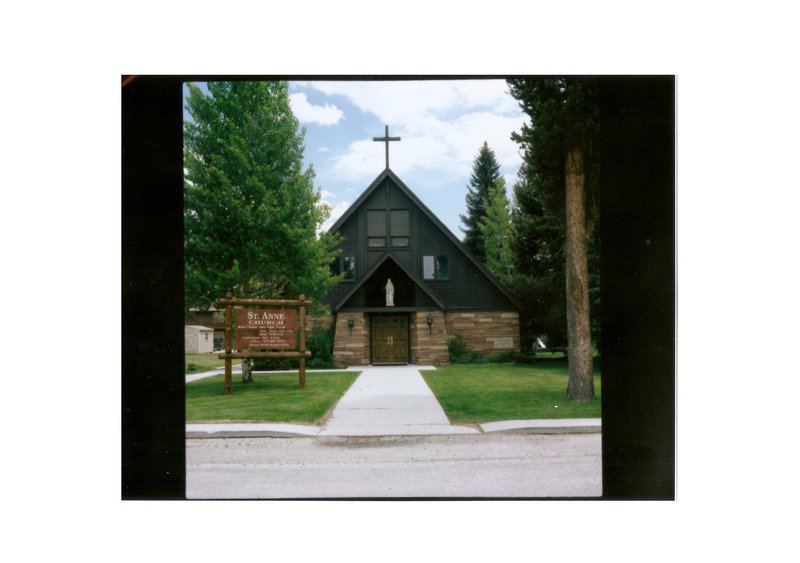
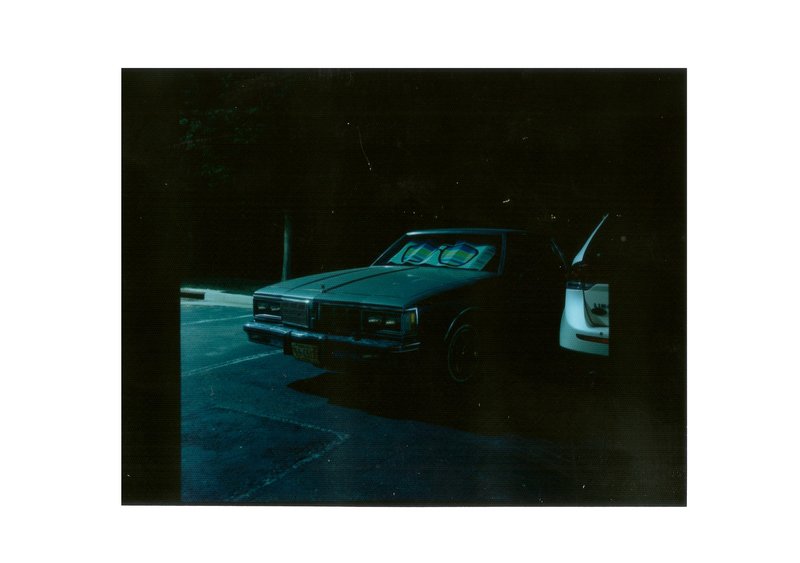

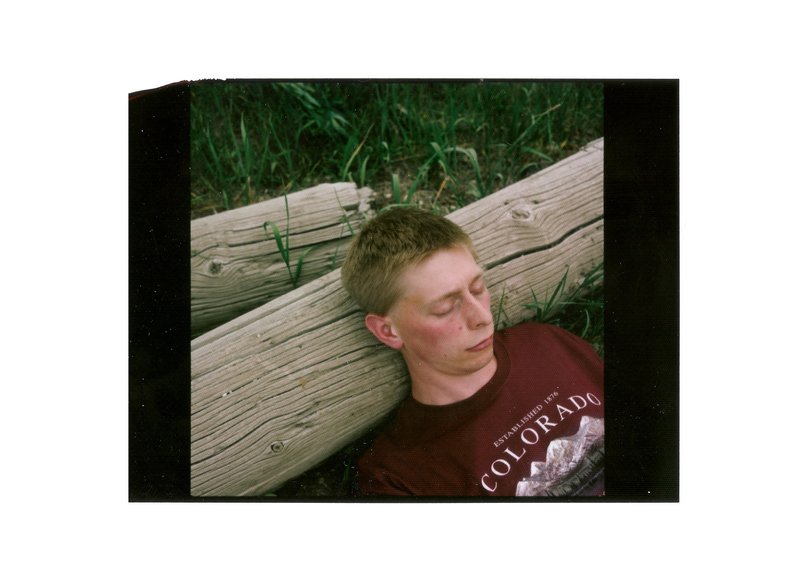
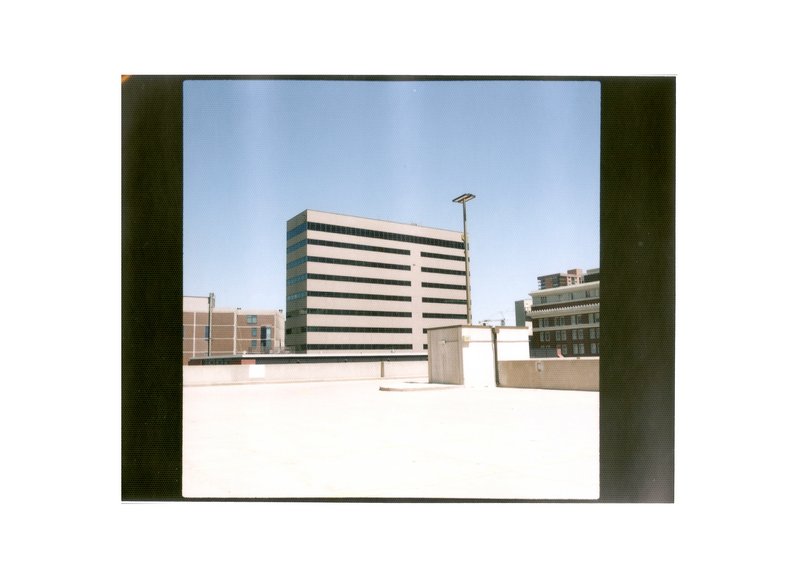
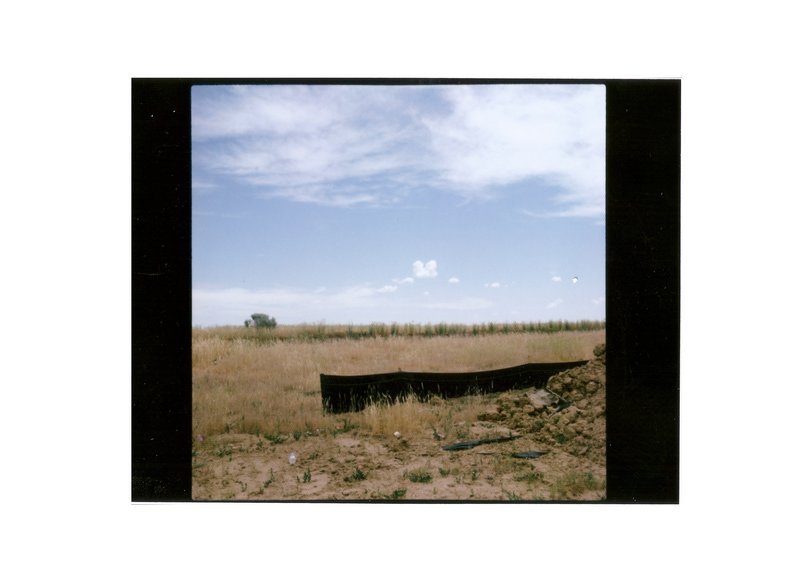
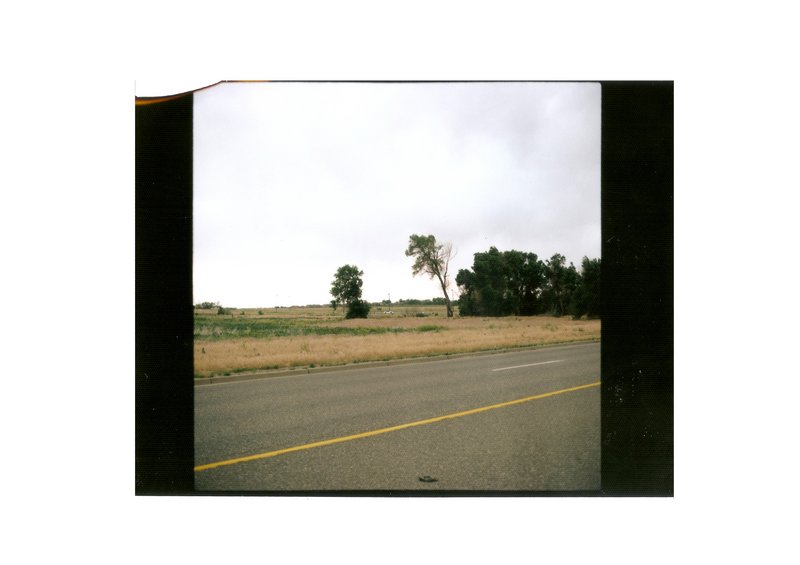

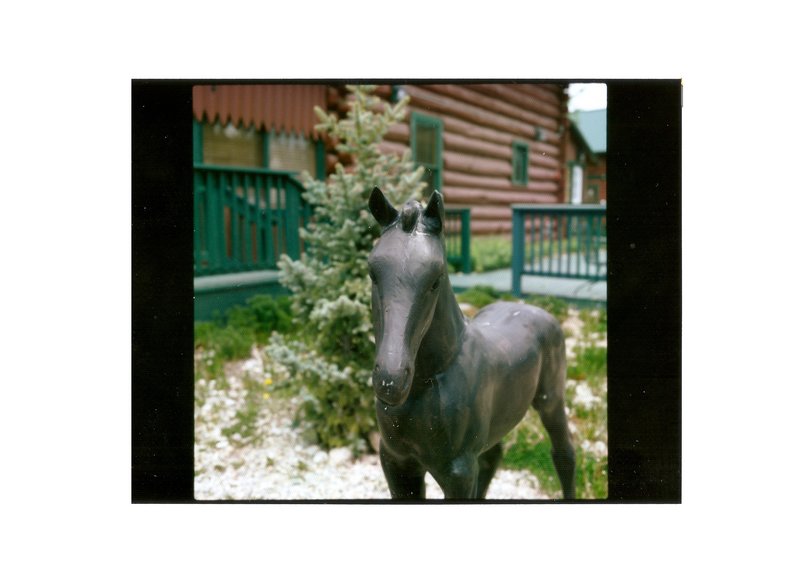
Following notions of duplication, this essay goes some way into delving into our obsession with America from the direct influence of photography. A medium that offers segments of reality, caught within the confined view of the viewfinder. As John Szarkowski stated in the infamous introduction to William Eggleston and William Eggleston's Guide, the accompanying catalog to the controversial show in MOMA, 1976.
“The world now contains more photographs than bricks, and they are, astonishingly all different. Even the most servile of photographers has not yet managed to duplicate exactly an earlier work by a great and revered master.”
John Szarkowski, William Eggleston’s Guide, 1976
To look past the previous visitors that graced America with their vision, their intimate reflection of experience becomes the biggest hurdle when tackling current America. But duplication is impossible, no matter how accurate the photographer may be to the original material. There are notions of time and place, people that no longer exist in that current physical state, people no longer living. The complete duplication is out of our reach, but traces of influence inevitably rub off on aspiring photographers looking through the library of American photographic history. It plants a seed in the mind of the aspiring, to see what they saw, to understand what they understood. In a place that despite its evolution as a country still hangs onto the ‘golden’ ideal that photography unknowingly nurtured. It is now up to the second generation, left to triumph the previous masters and that feet can become near impossible, considering on our reasoning for seeing America in the first place. To idealize a country before you have seen it, to look at it through the eyes of another before through your own, can begin to affect the way you look at it when you finally get there.
In anticipation, Other people’s pictures aims to address this exact issue/process, something we are not guilty of but merely slipped into without knowing. In a place obsessed with its own commodities and make up as a country, it begins to feel like an outdated playground, as we are chasing the pictures of the 1970s, when undiscovered America lay under fresh sheets. But of course this is not entirely the case. This is our personal reference point, when the documentation of America had not started through the work of photographers, but through the words of Alexis De Tocqueville, in the proclaimed journal Democracy in America, published in 1838.
America's visual infatuation, aesthetically before its contextual importance is what might intrigue us initially. A country built on the promise of a dream and photographic projects mimic these ideals in numerous ways. If we look at the work of Alec Soth and Paul Graham, their work is tied to the notion of fleeting possibilities, with projects like Niagara, Broken Manual to Paul Grahams A Shimmer of Possibility and American Night. The music of Bruce Springsteen, Nebraska specifically deals with notions of personal experience matched with the jovial melody that mirrors America’s personal ambition and greatness.
The visual prowess of American projects invites us to become excited at the mere thought of uncovering new land, merely for us as wised up photographic graduates. Its vast size entices us in, matched with the charisma of the people occupying the land presenting a unique possibility to uncover the already covered. Photography has spent so much time in America, it has taken up a majority of photography's history in the bid to understand and represent its current state at a particular time periods.
The series of pictures in this photo-essay match up the influence of people before us, and how they affected our initial viewing of America. As young, fleeting individuals, we feel nothing more exciting than the prospect of seeing the great land for ourselves, but importantly seeing the great photographs we are so familiar with. For influence is inescapable and its impact upon us has left us chasing the first hurdle, before originality can unfold. These photographs are an attempt to overturn the first hurdle, surpassing my initial inspection to one day see a country I have known through pictures, music and films without adoration and instead through more original eyes. Thus allowing the response without seeing and recording other people’s pictures, revealing my own reactions in an attempt to work out what it is all about. For as a country, it has held my attention, so much so it is the land of photographic opportunity. For one day to lodge a bid into America’s vast photographic history, a history that runs parallel to America, occasionally crossing paths with America’s current occurrences, eventually providing history in both a historical and photographic context.
“Original photographers enlarge this shared sense of possibilities by discovering new patterns of facts that will serve as metaphors for their intentions.”
John Szarkowski, William Eggleston’s Guide, 1976
